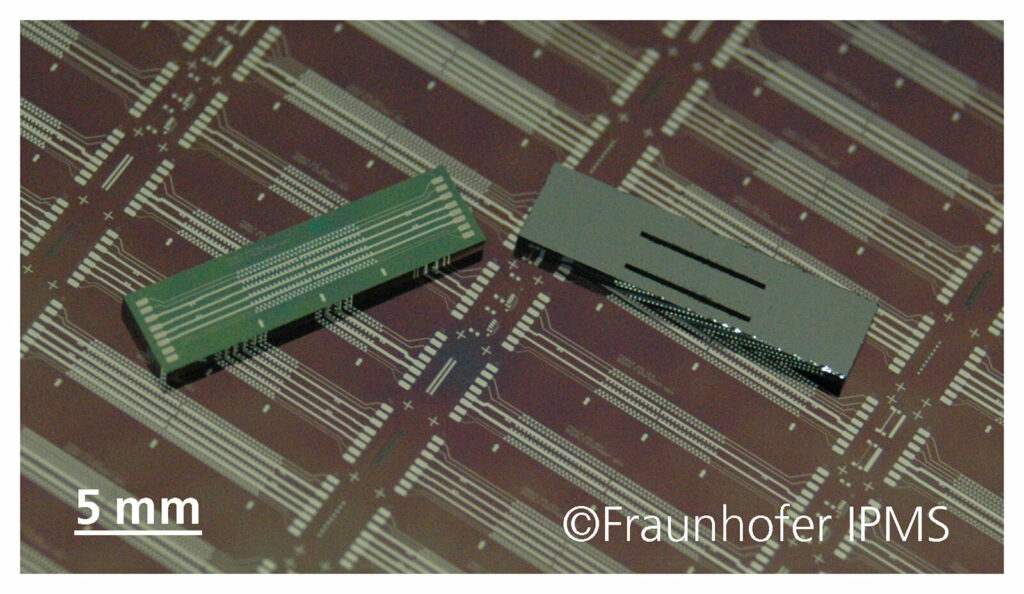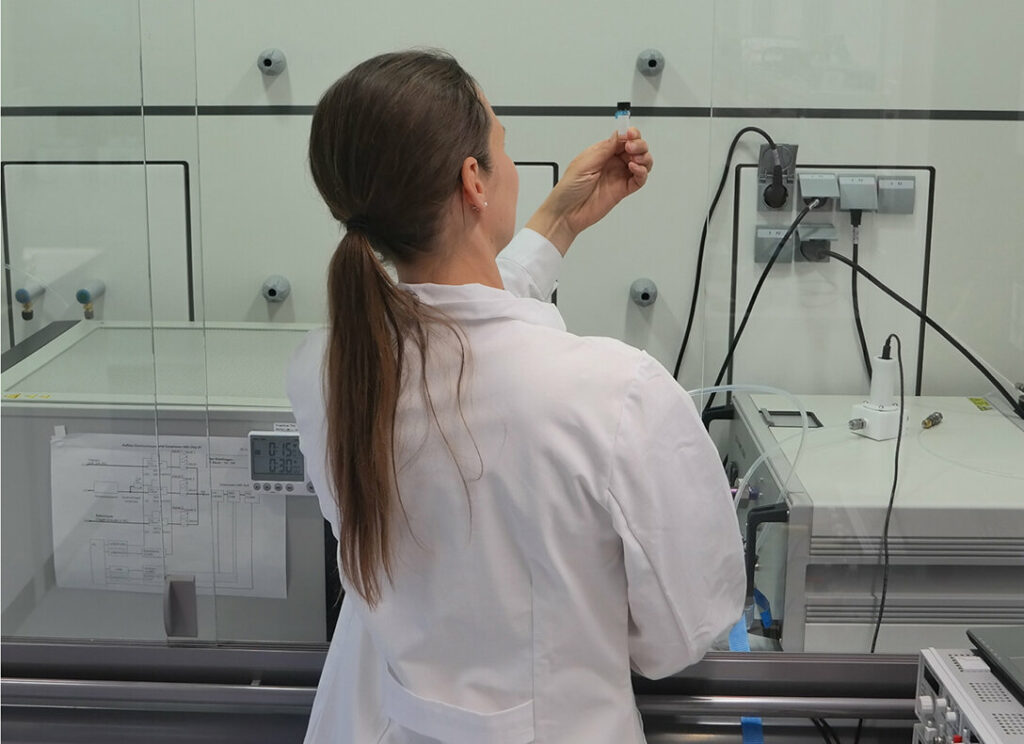Every time you exhale, you’re not just exhaling air from your lungs — you’re exhaling a trove of information that could be used to assist in the diagnosis of disease. Researchers at the Fraunhofer Project Hub for Microelectronic and Optical Systems for Biomedicine are close to developing systems that could pick up on those cues and look for telltale signs of illness.

It’s not the first time something like this has been discussed, and we already have a breathalyzer diagnosis system: dogs. Dogs can detect a range of diseases, from cancer or COVID-19 to agricultural diseases. The reason is that many diseases have a distinct odor that can be picked up.
“A lot of diseases cause a change in the composition of the volatile organic trace gases in exhaled air that can be used as biomarkers,” explains Dr. Jessy Schönfelder, research associate at Fraunhofer MEOS. “It’s often a combination of several trace gases in a significantly elevated or significantly reduced concentration that is characteristic for a specific disease. This is known as the VOC fingerprint or VOC pattern.”
Dogs, of course, are amazing at picking up scents, but Schönfelder and colleagues are working on a different approach: building equipment that detects diseases, much like dogs do.
They’re currently working on a special spectrometer that could identify VOC patterns associated with diseases, especially cancer. Since every person exhales around 200 VOCs, it’s not an easy task by any means.
The technology is scalable in many different directions — it can be used to detect a wide range of diseases.
“There’s huge potential for sensor systems in breath gas analysis,” Schönfelder explains. “[The] technology is noninvasive, sensitive and selective. And it is quick, inexpensive and also compact and portable, so there’s no reason why it shouldn’t be used in medical practices and hospitals. The finished product will be about the size of a shoebox.”

The key is to build a device that painstakingly identifies biomarkers one by one. To achieve this, Schönfelder and colleagues are building a miniaturized high-field asymmetric ion mobility spectrometry (FAIMS) chip. The microelectromechanical system (MEMS) comprises an ion filter and a detector. The device also features a UV lamp. In the first instance, the VOCs—borne in a carrier gas—are pumped into the spectrometer, where they are ionized by means of UV light. In other words, they are changed into charged molecules.
“These are then fed to the FAIMS chip, which was developed by Fraunhofer IPMS,” says Schönfelder. “An alternating voltage is then applied at the filter electrodes. By adjusting the voltage at the filter, you can control which VOCs get through to the detector. This generates a VOC fingerprint, which enables us to identify the disease we’re looking for.”
Reference measures with cell systems have already been carried out, but more work is required before the technology can be tested in a clinical setting.
In addition to the physical sensors and analyzers, researchers are also working on software for the breathalyzer. Particularly, an AI algorithm that can analyze and distinguish between different biomarker signatures.
“Each measurement generates half a million readings,” Schönfelder explains. “So we want to use machine learning to analyze this huge volume of data.” The algorithm is trained using samples from healthy test subjects and cancer patients. The results of such measurements are available within a few minutes. “And we can well imagine that our ion-mobility spectrometer might one day be used to screen airline passengers so as to determine whether they are infected with the coronavirus,” she adds.
Ultimately, it is hoped that this sort of system could even offer an advance indication of neurodegenerative diseases such as Alzheimer’s. This is not only faster than a blood test, but it’s also less invasive since it merely requires that the patient exhale into a tube.









